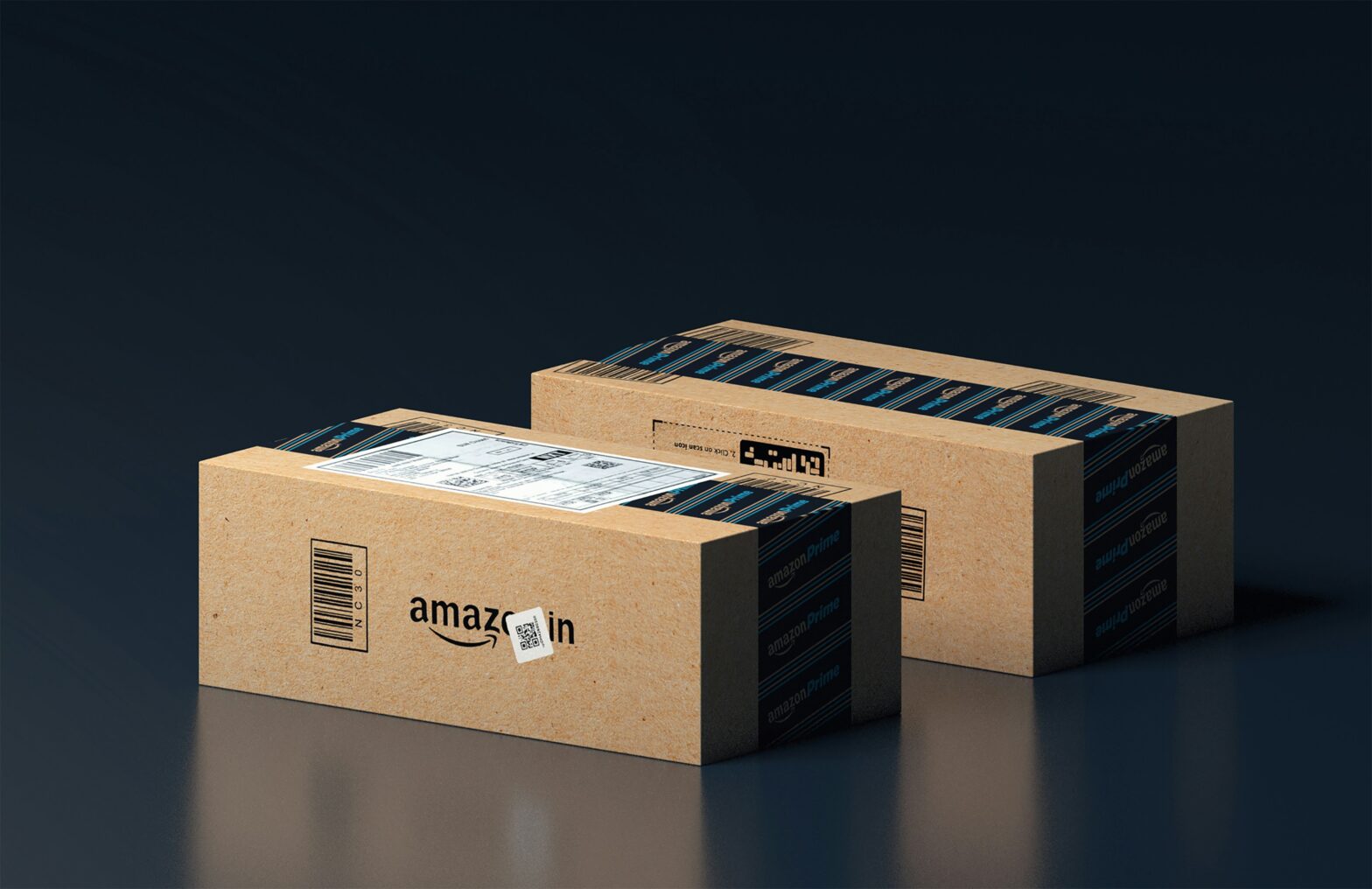It’s no surprise that eCommerce has grown over the past decade, with online stores becoming ubiquitous across industries. As more businesses move online, choosing your eCommerce platform is crucial to provide the functionality and scalability needed to drive success. Two leading options—BigCommerce and Adobe Commerce—both offer robust features but cater to different types of businesses. This article provides a comparison between BigCommerce and Adobe Commerce to help identify the right platform based on your business requirements and goals.
Overview of BigCommerce and Adobe Commerce
Founded in 2009, BigCommerce is a leading SaaS-based commerce platform built for fast-growing, mid-market businesses. It offers an intuitive interface, flexible storefront design, and built-in tools for sales, marketing, and scaling globally. BigCommerce charges monthly subscription plans based on the number of product listings, starting from $29.95 a month.
Adobe Commerce, formerly Magento Commerce, is an open-source platform with strong capabilities for large B2B and B2C enterprises. In 2018, Adobe acquired Magento Commerce to provide unmatched flexibility and customization potential at an increased cost and complexity. The Adobe team actively maintains and develops the platform.
Key Strengths of BigCommerce
Ease of Use
BigCommerce prioritizes usability with an intuitive store manager and drag-and-drop site-building capabilities. This enables quicker launch times averaging less than 3 months. They also have a dashboard that centralizes key sales, traffic, and inventory data for informed decision-making.
Built-in Features
The platform bundles robust analytics, SEO optimization, promotion tools, and omni-channel selling features for streamlined management. Their responsive storefront themes and secure payment gateways simplify getting online fast.
Support at Scale
Enterprises can enable unlimited admin roles and permission levels on their application making it suitable for large teams. The in-house support team assists with launch, migrations, and continuing optimization. BigCommerce also eases the tax process, integrating with major tax apps to simplify compliances as you sell to wider geographies.
Lower Total Cost of Ownership
The predictable SaaS subscription plans keep costs affordable. You only pay for the computing resources needed without managing extra servers and hosting. The app ecosystem unlocks 200+ integrations to popular marketing, accounting, and ERP tools for efficiency without any added costs.
BigCommerce is ideal for multi-channel brands selling across online storefronts, marketplaces, retail, and wholesale channels. They are known for being particularly applicable for B2C companies generating over $1 million in annual revenue online and launched a B2B edition to help power wholesalers.
Key Strengths of Adobe Commerce
Customization and Flexibility
Adobe Commerce lets brands tailor a unique digital experience through endless design configurations, product attributes, checkout options, and content presentation. Developers can utilize the robust APIs and source code to mold specialty functionalities specific to their custom site.
Marketing and Merchandising Capabilities
Adobe Commerce offers tools like advanced segmentation, visual merchandising, A/B testing, and product recommendations, which help optimize campaigns. Users can create multiple sites, brands, and catalogs from one backend to test opportunities.
Scalability for High Growth
The headless architecture and cloud-based infrastructure allow resource expansion on demand, supporting enterprise-level transaction volumes. Their progressive web app capabilities provide a fast site experience despite traffic spikes.
Extensive Integration Network
Adobe Commerce seamlessly connects with major ERPs, order management systems, payment gateways, and logistics providers out-of-the-box. The marketplace offers 3000+ developer-backed extensions for specific functions if needed.
Adobe Commerce is particularly suited for large retailers and branded manufacturers with complex workflows, global expansion goals, and catalog sizes exceeding five thousand SKUs.
Comparing Key Aspects of the Platforms:

Key Decision Factors for the Right Platform
In order to decide which platform is best for your company, you should analyze your existing eCommerce infrastructure, business model, corporate appetite and need for flexibility and ingenuity and expansion goals.
BigCommerce appeals to fast-growing SMB brands aiming for rapid global growth across multiple channels. It is also gaining more traction with Enterprise B2B. The centralized control panel and range of built-in capabilities reduce reliance on the patchwork of apps.
On the other hand, Adobe Commerce offers unmatched versatility for enterprises. The immense catalog sizes, complex fulfillment logistics, and global selling capabilities allow retailers to go after niche opportunities worldwide. However there is a tradeoff as generally Adobe sites are associated with higher setup costs and management overhead so it tends to make more sense for enterprises operating at scale.
For businesses in the middle ranges, evaluate if the costs merits BigCommerce’s endless feature set or Adobe’s extreme customization. Testing both platforms hands-on before deciding also provides more clarity; and it may even be worth paying a Systems Integrator like us to set up a proof of concept if there are still questions after viewing a demo of each.
Final Verdict – Matching Commerce Needs to Platform Strengths
Ecommerce platform success ultimately depends on how well technology decisions align with strategic business objectives. While feature checklists matter, adaptability for future needs makes the biggest difference.
BigCommerce streamlines processes for lean eCommerce teams targeting multi-channel efficiency at lower costs. Adobe Commerce empowers crafting specialized shopping journeys tuned to customer niches worldwide – but requires heavy internal capabilities to harness its power.
Instead of proclaiming one platform as the winner, smart retailers analyze their true needs first. Choosing the eCommerce platform that directly strengthens your existing commerce foundations will ultimately lead to successful growth and help you achieve your 2024 goals. If you’re unsure which platform is a right fit for you, we’re happy to help you evaluate!


